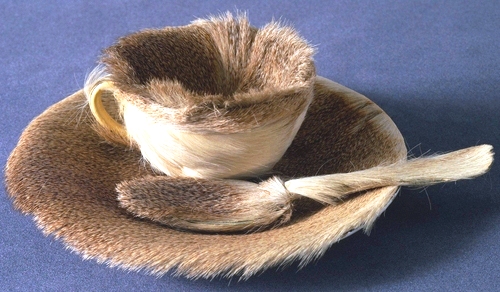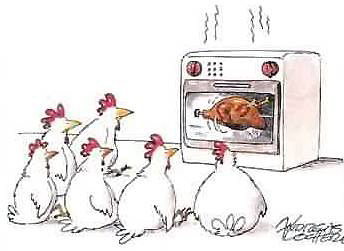
"Tradition and Innovation" is the title of Mariano Akerman's lecture on Architecture and Design which was given at the main library of the COMSATS Institute of Information Technology (CIIT), Johar Campus, H-8/1, Chak Shahzad, Islamabad today.

The event was attended by 60 participants who showed a sustained interest in the multi-faceted topic of the day and formulated questions concerning the nature of art and architecture today and their possible projections in the near future.

TRADITION and INNOVATION
by Mariano Akerman
Pt. 1. Design as Ordered Realm
1a. Vitruvius' architectural principles: utilitas (function), firmitas (structure), venustas (aesthetics).
1b. Interplay between architectural space and its limits (Lao Tsu: useful is not the shape of a vessel, but its inner space).
1c. History as a resource of memory and identity.
1d. The designer's responsability concerning History or "Shouldn't one learn from the past?"
Pt. 2. Design as Historical Development
2a. Prehistory as a ground for speculation.
2b. Tradition from Ancient Egypt to 18th-Century France. Mimesis. Fine-Arts Academies.
2c. 19th-Century Dilemmas. The quest for freedom in times of the Industrial Revolution. The new materials (Paxton and Eiffel), Historicism (Jones: Grammar of Ornament) and crisis of style (Eclecticism). Vincent van Gogh's approach toward mimesis.
2d. 20th-Century Innovation. Pictorial avant-garde (Matisse, Soutine, Kandinsky, Malevitch). Ornament as a Crime (Loos). Functionalism (Bauhaus, Mies van der Rohe: "form follows function"). Criticism (Oppenheim).

SOURCES OF INSPIRATION

1. Learnings from The Silk Road
We join spokes together in a wheel,
but it is the center hole
that makes the wagon move.
We shape clay into a jar,
but it is the emptiness inside
that holds whatever we want.
We hammer wood for a house,
but it is the inner space
that makes it livable.
Thus benefit comes from what is there;
Usefulness from what is not there.
Lao Tsu (551-479 BCE), Tao Te Ching (Daodejing, 道德經), chapter 11

2. The Main Issue
From cradle to grave this problem of running
order through chaos, direction through space,
discipline through freedom, unity through
multiplicity, has always been, and must
always be, the task of education.
The Education of Henry Adams: An Autobiography, Boston: Houghton Mitflin, 1961, p. 9

Addendum. À propos "form follows function"

Caloi, Caloidoscopio, image #33

Eric Lafforgue, Untitled, photograph, Mount Hagen Singsing, Papua, 2008

Johann Georg Hertel (after Jeremias Wachsmuth), Winter, Rococo Music, Fancy Dress Ball, etching, 1750-60

Méret Oppenheim, Breakfast in Fur (Le Déjeuner en Fourrure), 1936. Fur-covered cup, saucer, and spoon. Museum of Modern Art, New York

Humor by Mordillo

"Drop excess baggage," add by the beauty care company VLCC Sliming, Skin and Hair Services, 2007

Johann Esaias Nilson (1721-1788), Neues Caffehaus (New Coffee House), colored engraving, Augsburg, Germany, 1756

Javier Inga, The Lie Covered, Argentina, 2008

Grass-Sofa, France, 24.4.2010

Reality-TV

Jake Crees, Oops, mahogany, 2001.
Tradition and Innovation
The Nature and Evolution of Art and Architecture as Structures of Consciousness, by Mariano Akerman
Power in the Picture
Visual Image as Significant Structure and Communication Resource: A Seminar on Visual Communication, by Mariano Akerman






5 comments:
This is super.
Very interesting.
Dear Mariano,
The lecture was a great success.
Thank you,
SK
This is great. I like what you are presenting along the lectures.
Indokush, todo especias, aroma y color... me resulta muy atractivo.
Post a Comment